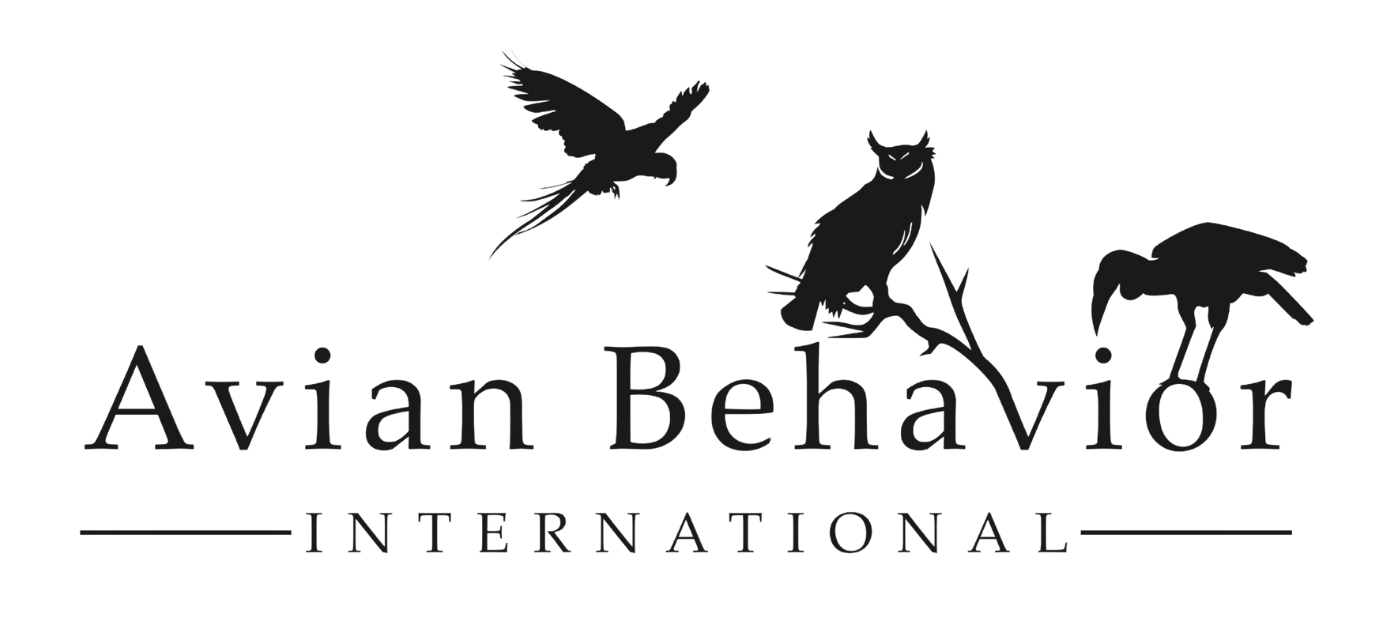
02 Jun Why Bird Biology Matters (And Why We’re Starting with Darwin)
Birds help us track environmental change, understand animal behavior, and even spark innovation in how we design and solve problems. Whether we’re talking about conservation, climate, or cognition, birds are at the center of some of the most important questions we can ask about the natural world.
That’s why we’ve been diving into the fundamentals in our Bird Biology course. Because the more we understand about how birds evolved — how their bodies, behaviors, and brains respond to the world around them — the better equipped we are to support them in our work, whether we’re educators, rehabbers, researchers, or just plain bird nerds.
And to get there, we have to go back to where a lot of those big ideas started.
Darwin wasn’t setting out to change science when he set foot on the Galápagos. He was collecting specimens, labeling them (a little sloppily), and following his curiosity. But what he saw — and didn’t see — would later shape one of the most important concepts in biology: natural selection.
What Darwin Saw — and What He Didn’t Know Yet
Picture this: It’s 1835. Darwin is just 26 years old, aboard the HMS Beagle, exploring the Galápagos Islands. He’s bagging birds, noting where they were found, not realizing they were all closely related. At the time, he didn’t even know they were all finches — that discovery came later, after ornithologist John Gould examined them and noticed the differences in beak shape.
Darwin saw variation. He saw subtle but meaningful changes that seemed tied to the environment. And it started to click. Maybe, just maybe, those differences weren’t random — maybe they had a purpose. He later wrote, “One might really fancy that from an original paucity of birds, one species had been taken and modified for different ends.”
It was the seed of a big idea. That environments could shape species. That adaptation wasn’t just possible — it was happening.
How Natural Selection Works — and Why It’s Still Relevant
You’ve probably heard of natural selection. But it’s worth revisiting with sharper focus. The key ingredients are variation, inheritance, and differential survival. Some individuals in a population have traits that give them an edge. If those traits are heritable, they get passed on. Over time, the population shifts.
One of the most famous modern examples? Darwin’s finches. But it’s not just a textbook story — it’s a real, rigorous, decades-long study.
Darwin’s Finches: A Case Study in Real-Time Evolution
Peter and Rosemary Grant, evolutionary biologists from Princeton, studied finches on Daphne Major from 1973 through the early 2000s. They tracked every bird — thousands of them. Measured beak depths, banded legs, documented survival and reproduction. And then came 1977 — a brutal drought.
Only the toughest seeds were left. Birds with deeper, more powerful beaks survived. And within a single generation, the average beak depth increased by nearly half a millimeter. That might sound tiny, but for a finch, it’s a massive shift. A textbook case of directional selection — and it happened fast.
Then, just a few years later, heavy rainfall flipped the script. Smaller-beaked birds had the edge. Natural selection reversed direction. The Grants published their findings in 1995, showing that evolution isn’t linear — it’s dynamic, context-dependent, and deeply responsive.
Species Lines Get Blurry
One of the most jaw-dropping parts of the Grants’ work? Watching a potential new species emerge — what’s called “incipient speciation.” A large cactus finch migrated in from a neighboring island and bred with a local. Their lineage, nicknamed Big Bird, developed distinct traits and, by the sixth generation, was reproductively isolated. A brand new species, forming in front of our eyes.
Darwin could only dream of this kind of evidence.
Selection Is Happening Right Now — In Cities, Forests, and Roadsides
We tend to think of evolution as something that happened a long time ago. But selection is always happening — even in modern cities and highways. Take cliff swallows. Over 30 years, roadkill rates dropped, even as traffic stayed steady. Why? Birds with shorter, rounder wings (better for vertical takeoff) were more likely to survive. It’s evolution in real time, shaped by human infrastructure.
Evolution Is Not an Engineer — It’s a Tinkerer
Why aren’t all birds “perfect”? Because every adaptation comes with trade-offs. Wing shape is a good example: long narrow wings are great for gliding but terrible for maneuverability. And vice versa. Same with plumage — bright feathers attract mates and predators. Evolution doesn’t strive for perfection. It works with what it has, optimizing for survival in context.
Coevolution: Birds in Evolutionary Tango
One of my favorite examples of evolutionary back-and-forth? Crossbills and conifer cones. These finches have scissor-like beaks to pry open cones. In response, some pine species evolved tougher cones. In turn, crossbills developed stronger beaks. It’s a biological arms race — an evolutionary dance that pushes both species to adapt.
You’ll see similar patterns in hummingbirds and flowers, cuckoos and their host species, fruiting plants and seed-dispersing birds. It’s wild — and deeply revealing.
Behavior Evolves Too — Not Just Bodies
And here’s where it gets really interesting. Evolution shapes behavior, not just beaks and wings. Crows remember faces. They teach each other. They plan ahead and use tools. Urban birds adjust their songs to compete with city noise. Juncos have even started skipping migration altogether.
Some of this is learning. Some of it is plasticity — traits that change based on experience. But when that plasticity offers survival advantages, it can become hardwired over time. Selection doesn’t just act on bodies. It acts on cognition, problem-solving, even social learning.
So What Did Darwin See? And What Do We See Now?
Darwin saw variation and adaptation. He saw the potential for change. But today, we see even more. We see gene expression, real-time evolution, cultural transmission, and coevolutionary complexity.
Birds are adaptive masterpieces, shaped by the forces of evolution — and continuing to evolve in response to the world around them.
Want more?
We’re just getting started. The full Bird Biology course is packed with stories, science, and real-world insight for educators, trainers, and bird lovers alike.
Join the course here — and get immediate access to the next chapter.

